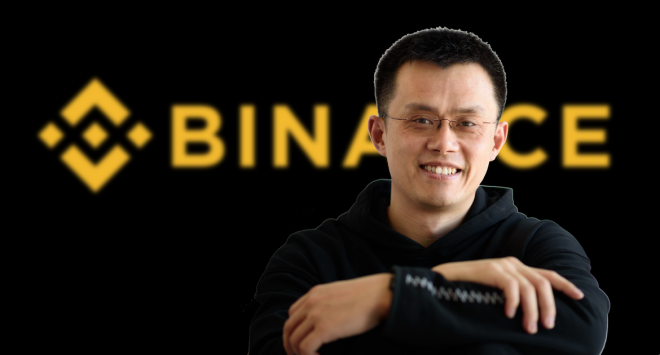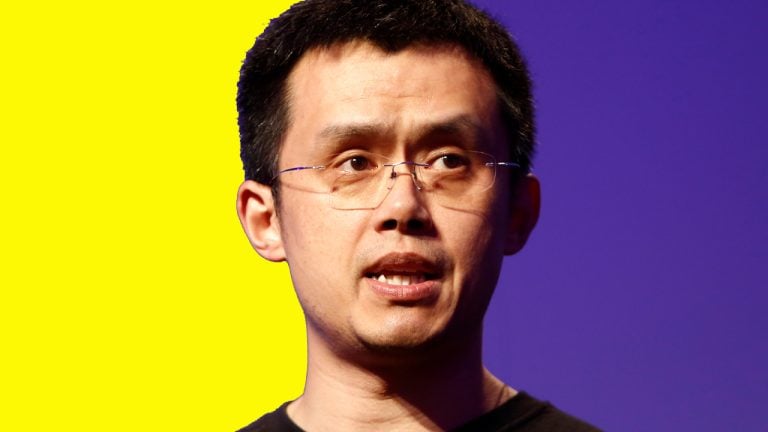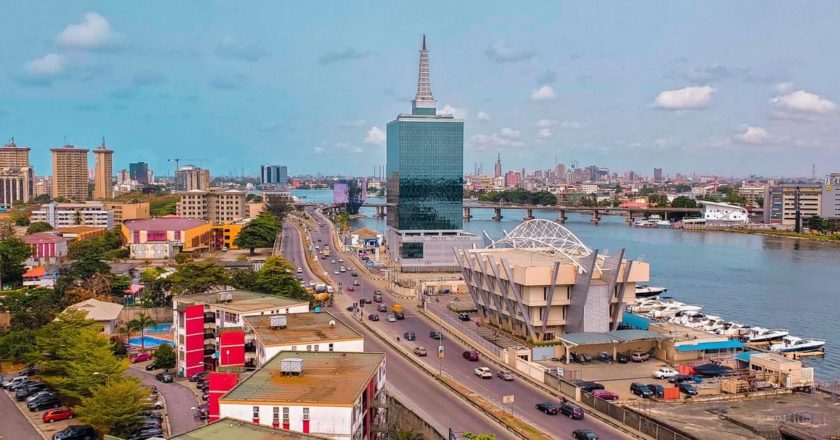How Did Binance Become Such a Success in Blockchain World?
November 21, 2018 by Jane Wang
Binance, the world’s largest digital currency exchange, officially launched on July 14th, 2017. The combined market cap of all its listed tokens earlier this month was more than $2.5 billion USD. By December 2017, the exchange had gained more than 1 million users. Now, the number of registered users has exceeded 8 million. Many people are interested to know: how did Binance rise to such heights in less than two years?
Also read: Bitmain Opens New Bitcoin Mining Facility in Washington State
Subscribe to the Bitsonline YouTube channel for great videos featuring industry insiders & experts
First: The Story of CZ
To tell Binance’s story, it’s necessary to look at the path its founder has taken through the bitcoin and blockchain industry. The rollercoaster ride of rejection and success is a classic case study for other entrepreneurs.
Binance is a trading platform focused on blockchain assets, led by Changpeng Zhao (a.k.a. “CZ”). CZ was appointed as CTO of Blockchain.com (Blockchain.info) in 2013, after presenting a concept called “Zeroblock exchange” at the Global Bitcoin Summit — a prototype of what would later become Binance.
Unfortunately, this idea was not appreciated by Blockchain CEO Peter Smith, and the plan was rejected. The Zeroblock project at Blockchain focused only on market data since CZ’s departure, and has since been abandoned by Blockchain.
After later being fired from Blockchain, CZ joined OKCoin as co-founder in 2014. He gave the reason for his job change in a Chinese public interview later.
“I feel that the development concept of Blockchain (.com) is slowly deviating, and I think OKCoin has greater development potential. Therefore, after careful consideration, I chose OKCoin.” However, during OKCoin’s job interview, when asked why he left Blockchain, CZ reportedly told OKCoin CEO Mingxing “Star” Xu, “There are many internal problems in Blockchain, and the CEO (Smith) is an asshole.”
“I think OKCoin is undoubtedly the best bitcoin exchange and one of the best bitcoin teams in China,” he said at the time.


A Good Chance
In 2017, affected by Chinese government policies, most local cryptocurrency exchanges halted operations in late September, and a few such as OKCoin and Huobi were also shut down at the end of October.
Although the exchanges were now banned in China, the demand for digital asset trading could not be shut down. Except for a small number of users who quit for policy reasons, most people were looking for a new trading place, and Binance became their best choice.
Binance not only banned Chinese IP-based accounts, but also only allowed crypto-to-crypto trading. In addition, Binance’s servers are located overseas, and CZ is a Canadian passport holder, enabling the company to avoid Chinese regulation. Since many Chinese internet users are experienced at using VPNs to access overseas sites, they could still open basic accounts at Binance. Essentially, it was a “Chinese exchange” without being a Chinese exchange.
Products: Binance’s Design and Accessibility
Binance has an international market position. Therefore, in order to facilitate the trading needs of customers from all over the word, as of now, its platform supports 14 different languages including Chinese, English, Japanese, and French.
It quickly launched Android and IOS mobile apps as well as a desktop browser-based version, providing users with a diversified and convenient trading experience. The user-friendliness of its interface, and availability on multiple platforms, made it popular with users.
A Wide Range of Digital Assets
Most Chinese exchanges (including overseas exchange run by Chinese companies) support only mainstream cryptocurrencies, such as BTC, LTC, and ETH. However, as more tokens became available, the market demand to trade them increased. Therefore, Binance wanted to list most eligible assets as part of its plan. According to its official website, it currently lists more than 380 tokens. Most exchanges are far behind them.
It created its own cryptocurrency called BNB, which it sold via an ICO — it allows traders to use BNB to pay trading fees at a 25 percent discount.
Binance’s timing was also fortuitous. July 2017 marked almost the exact start of the crypto boom, including long-time cryptocurrencies like BTC and a range of ICO tokens. Many users were able to make huge profits on the new assets, which otherwise were scattered across smaller exchanges.
The Secrets of Binance’s Success
In general, the success of Binance is based on its good operating model, accurate market positioning, lucky timing, and a keen political sense.
Binance still allows Level 1 (basic account) users trade without verifying their identification at the time accounts are opened. These accounts are limited to withdrawals of 2 BTC per day, with ID being required for larger-sized withdrawals.
That is part of its popularity, but it’s also a threat if governments decide to crack down on this. For example, major market Japan has threatened to ban its residents from using Binance. The exchange has irked Japan’s Financial Services Agency (FSA) by failing to verify the identification of Japanese investors. The regulator suspects Binance does not have effective measures to prevent money laundering; since it handles a number of virtual currencies that can be traded almost anonymously.
In October 2018, Binance launched a local exchange in Uganda, its first in Africa and its first branch to offer trading between digital assets and fiat currency. All Binance Uganda users are required to complete a KYC (ID verification) process and, according to the terms and conditions, must be “familiar with the English language.”
Binance Plans Further Expansion Despite Bear Market
At the same time, as the market value of cryptocurrencies has shrunk, the volume of transactions has fallen sharply, which has greatly affected the gains of all exchanges. To this point, CZ has said: “The current funds still exist in the ‘faith money’ market. In the coming year, we will set up 5-10 faith money exchanges on different continents.”
Under CZ’s leadership, this partly ICO-funded exchange has already become an international company and a giant in this industry. Its global footprint is already far beyond his former employers OKCoin and Blockchain. But the market is once again experiencing a cold winter — can Binance remain successful until that changes?
What’s your opinion on the success of Binance and its competitors? Let’s hear your thoughts in the comments.
Images via Binance, Weibo, 8BTC





